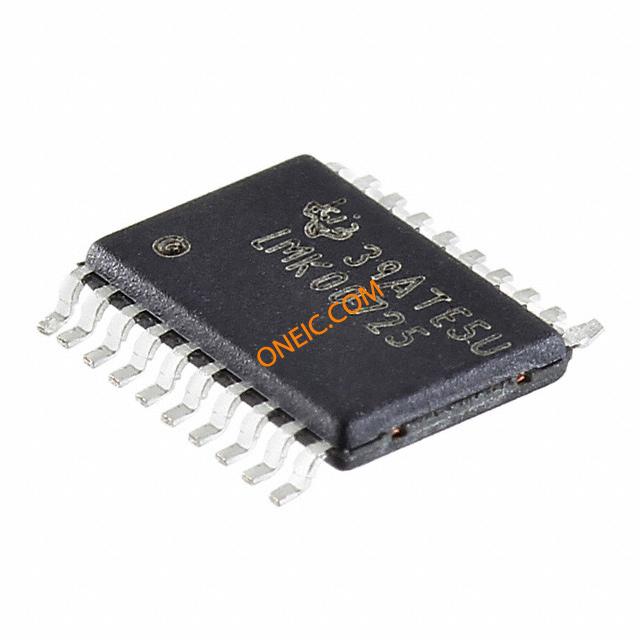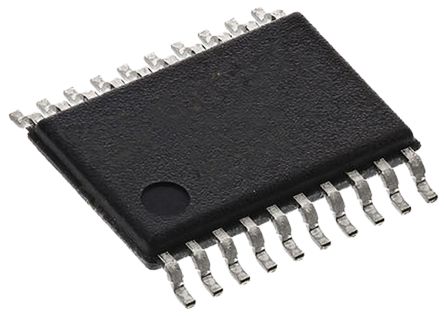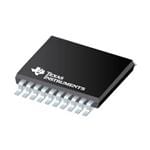MSP430G2433IPW20
16-bit mixed-signal microcontrollers with 8KB flash memory
Manufacturer: ti
series introduction
# Introduction to the MSP430G2433IPW20 Product Series
## 1. Overview
The MSP430G2433IPW20 is part of Texas Instruments' highly regarded MSP430 microcontroller family. Renowned for its ultra - low power consumption, high performance, and rich set of integrated peripherals, this product series is designed to meet the diverse needs of a wide range of embedded applications. The "IPW20" in the part number refers to the specific package type, which in this case is a 20 - pin plastic wide small - outline package (PW), offering a compact and space - efficient solution for circuit board design.
## 2. Key Features
### 2.1 Ultra - Low Power Consumption
One of the most significant advantages of the MSP430G2433IPW20 is its ultra - low power architecture. It operates on a supply voltage range of 1.8V to 3.6V, which makes it suitable for battery - powered applications. The device has multiple low - power modes, including standby and shutdown modes, that can be easily configured to minimize power consumption when the system is idle. For example, in standby mode, the microcontroller can retain its memory and register contents while consuming only a few microamps of current, allowing for extended battery life in portable devices.
### 2.2 High - Performance CPU
The MSP430G2433IPW20 is equipped with a 16 - bit RISC (Reduced Instruction Set Computing) CPU. This CPU architecture provides high - speed processing capabilities with a large number of instructions that can be executed in a single clock cycle. It has a maximum operating frequency of up to 16 MHz, enabling it to handle complex tasks efficiently. The 16 - bit data width allows for faster data processing and manipulation compared to 8 - bit microcontrollers, making it suitable for applications that require high - performance computing, such as sensor data processing and control algorithms.
### 2.3 Integrated Peripherals
#### 2.3.1 Timer Modules
The microcontroller features multiple timer modules, including a 16 - bit Timer_A and a 16 - bit Timer_B. These timers can be used for a variety of purposes, such as generating accurate time delays, pulse width modulation (PWM) for motor control, and capturing external events. The Timer_A module has three capture/compare registers, which can be used to measure the time between events or generate precise output signals. The Timer_B module also provides similar functionality and can be used in conjunction with Timer_A to expand the timer capabilities of the system.
#### 2.3.2 Analog - to - Digital Converter (ADC)
The MSP430G2433IPW20 includes a 10 - bit successive - approximation ADC. This ADC can be used to convert analog signals from sensors, such as temperature sensors, pressure sensors, and light sensors, into digital values that can be processed by the microcontroller. The ADC has a sampling rate of up to 200 ksps (kilosamples per second), allowing for fast and accurate data acquisition. It also supports multiple input channels, enabling the microcontroller to interface with multiple sensors simultaneously.
#### 2.3.3 Universal Serial Communication Interface (USCI)
The device is equipped with a USCI module that supports both UART (Universal Asynchronous Receiver/Transmitter) and SPI (Serial Peripheral Interface) communication protocols. The UART interface can be used for serial communication with other devices, such as computers, modems, and other microcontrollers, using the RS - 232 or TTL levels. The SPI interface, on the other hand, is a high - speed
Images for reference

LMK00725PW

Image Preview

Image Preview